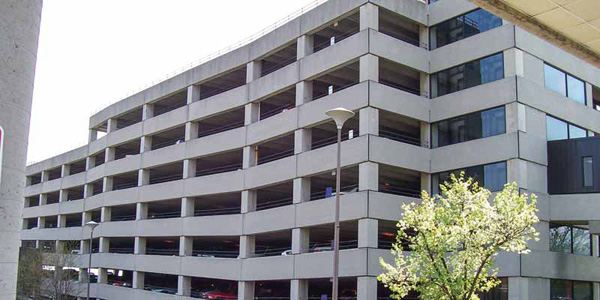
Parking garages: Enhancing durability with migrating corrosion inhibitors
July 17, 2018
When it comes to parking garages, durability is key, as they are often located in busy metro areas where closure, repair, or reconstruction can be disruptive. Time, labor, and material costs for renovation are also prohibitive. These structures are generally made from reinforced cast-in-place or precast concrete, making corrosion one of the most common challenges to durability.